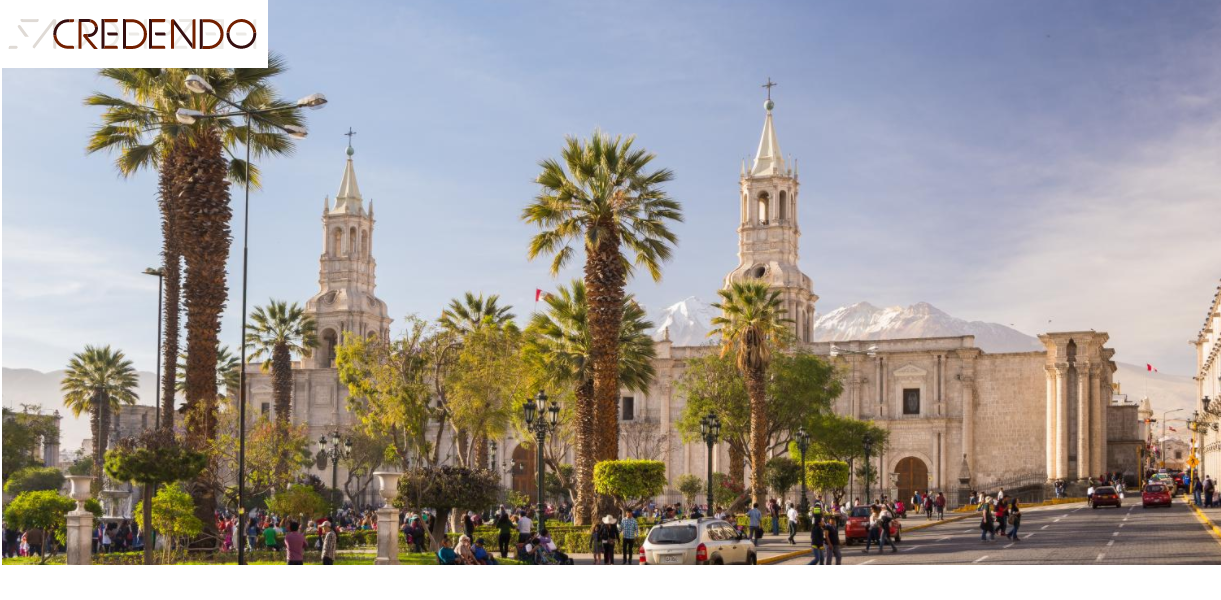Oltre 12 mila pmi italiane hanno scelto di diventare venditore Amazon
Nell’era degli “Amazon addicted”, lo stato di salute del s...

Event
President Pedro Pablo Kuczynski, only in office for 20 months, resigned the presidency under the threat of a second impeachment vote. Peru’s Congress started impeachment proceedings against the president for his alleged lying about his ties with Brazilian building company Odebrecht SA. Odebrecht SA is at the centre of the continent-wide ‘Carwash’ corruption scandal as the company bribed public officials in exchange for billions of dollars in government contracts. Ironically, similar claims have been made against all major leading politicians in Peru, including the opposition that forced him to stand down. However, the president lost public support mainly because of the way he handled the scandal. The first attempt to impeach him – 3 months ago – failed after some devotees of the jailed former president Alberto Fujimori surprisingly abstained. A couple of days later, Kuczynski freed him from a 25-year prison sentence for corruption and human rights crimes. Many viewed this action as the price Kuczynski paid to narrowly avoid impeachment. During the second impeachment proceedings, footage emerged of the president allegedly trying to buy votes in order to retain the power. As a consequence, Kuczynski decided to step down and transferred the power to his first vice-president, Martín Vizcarra.
Impact on country risk
Kuczynski came to power promising to boost investments and stamp out corruption, but from the outset his agenda was derailed by his lack of support in Congress. Also, three ministers were ousted last year by the opposition, including incumbent president Vizcarra (see publication). Indeed, last year he had to quit as transportation minister under pressure from lawmakers amid a spat over an airport contract. Hence, a Vizcarra government remains vulnerable to opposition harassment and snap elections could still follow in the coming months.
Nonetheless, the Peruvian stock market and its currency, the Peruvian sol, rose on hopes that the political saga might be finally over. Moreover, despite political troubles, the Peruvian economy continues to be one of the brightest in the region and is expected to recover in the coming year. In 2017, GDP growth decreased to 2.7% (after heavy flooding) but is forecasted to expand to around 4% in 2018 as commodity (especially copper and gold) prices rise. Furthermore, the current account deficit has been narrowing in the past year to its lowest level in almost a decade, partly thanks to the low oil prices. Given that Vizcarra’s party has a minority in Congress, his biggest challenge may be garnering enough support in Congress by smoothing tensions with a possible hostile opposition. Another issue will be tackling the large infrastructure gaps the Andean country suffers from. The ‘Carwash’ scandal has roiled the nation’s construction industry and delayed major infrastructure projects which Vizcarra is likely to prioritise in the coming months.
The short-term political risk is in the best category (1/7) with a stable outlook thanks to high foreign exchange reserves (covering over 1 year of imports in January 2018) and relatively low external short-term debt. The medium-/long-term political risk is in category 3/7 with a stable outlook too. Peru’s moderate rating takes into account the country’s reliance on copper and gold as sources of current account receipts, the sustainable external debt, the small current account deficit, the sound public finances and bright growth prospects.
Fonte: Credendo
Oltre 12 mila pmi italiane hanno scelto di diventare venditore Amazon
Nell’era degli “Amazon addicted”, lo stato di salute del s...
Oltre alla bassa capacità di spesa, le condizioni applicate dalle banche per l’accesso a finanziamenti, hanno un impatto sulle performance del settore.
Dopo una performance brillante nel 2017 con una crescita di 31 miliardi di euro dell’export di beni, le esportazioni italiane continueranno ad avanzare quest’anno de...
While its economy could be progressively stabilising after months of sharper deceleration, Beijing is actively trying to ease trade tensions with the US for an exten...
Nel dibattito sul cambiamento climatico poca attenzione è riservata al ruolo del commercio internazionale. Le potenzialità degli accordi bilaterali e multilaterali –...
Era il 2009 quando Satoshi Nakamoto, nome vero o inventato che sia, ideò la tecnologia Blockchain e la criptovaluta Bitcoin e oggi, dopo dieci anni, la blockchain re...